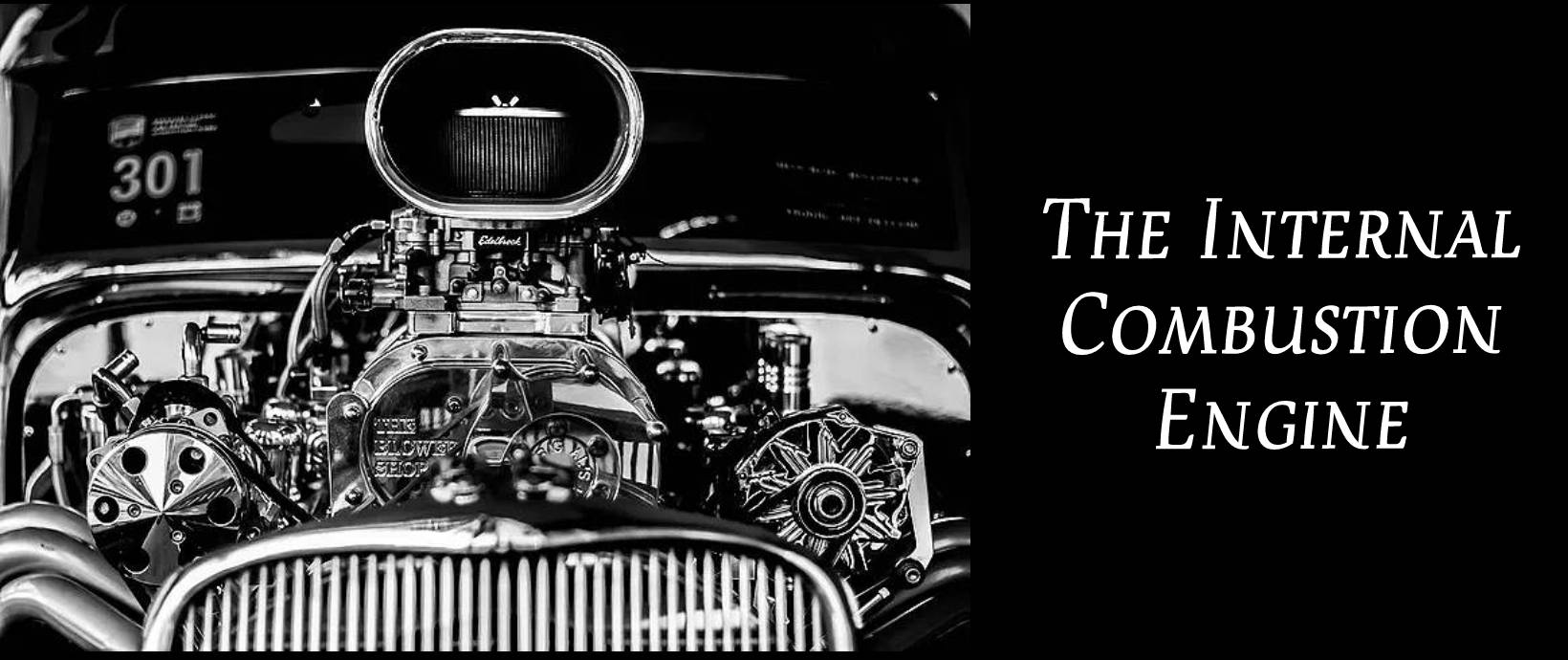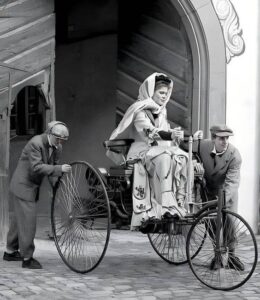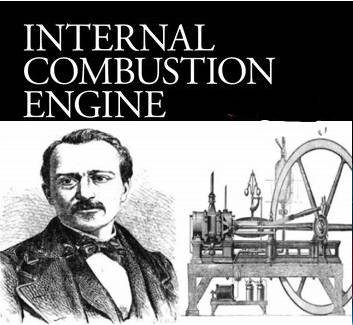Have you ever wondered what makes cars, airplanes, and even boats move? The secret is the internal combustion engine! This special engine uses fuel, like gasoline, to create little explosions that push things forward. But who invented this powerful engine that changed the world? Let’s dive into the story!
Who Invented the Internal Combustion Engine?
What is an Internal Combustion Engine?
An internal combustion engine is a machine that burns fuel inside a cylinder to create energy. This energy pushes a piston up and down. The piston is connected to a crankshaft, which makes wheels or other parts of a machine move. Think of it like your legs pushing the pedals of a bicycle to make it go. The engine works the same way, but much faster and stronger!
Early Christian Huygens Engine
Long ago, smart people started thinking about how to use fuel to create power. The journey to invent the internal combustion engine took many years and the work of different inventors.
In the 1600s, a man named Christian Huygens from the Netherlands had an idea. He wanted to use gunpowder explosions to move things. It didn’t work very well, but it was an important step toward creating the engine.
Étienne Lenoir Internal Combustion Engine

In 1859 a French engineer named Étienne Lenoir made the first practical internal combustion engine. His engine burned an illuminating gas, and he used it to power small machines. It wasn’t very fast or strong, but it worked! Lenoir even put his engine in a car, but it was slow and noisy.
Who Invented The First Four-Cycle Internal-Combustion Engine?
In 1876, a German inventor named Nikolaus Otto made a big improvement. He created an engine that was much more efficient. His invention is called the four-stroke engine because it uses four steps, or strokes, to burn fuel and create power. Otto’s engine was a huge success and became the model for most engines used today!
Here’s how the four-stroke cycle works:
- Intake: The engine pulls in a mixture of air and fuel.
- Compression: The mixture gets squeezed tight.
- Combustion: A spark lights the mixture, causing a small explosion.
- Exhaust: The engine pushes out the leftover gases.
This cycle happens very quickly, making the engine run smoothly and powerfully.
Rudolf Diesel’s Engine
In 1892, another German inventor, Rudolf Diesel, created a different type of internal combustion engine, known as the diesel engine. Instead of using gasoline, it burns a heavier fuel called diesel. Diesel engines are very strong and are often used in big trucks, buses, and ships.
How Did The Internal Combustion Engine Impact Society
Before the internal combustion engine, people used horses, steam engines, or even their own feet to get around. But the invention of the engine made travel much faster and easier. Cars, airplanes, and motorcycles became possible because of this amazing invention.
The internal combustion engine didn’t just change transportation. It also helped with farming, building, and even making electricity. Tractors, factories, and generators all use this type of engine to get things done.
The Future of Engines
Today, we still use internal combustion engines in many machines, but people are working on making engines that are better for the environment. Electric cars and hybrid engines are becoming more popular because they create less pollution. However, the internal combustion engine will always be remembered as a game-changer for the world.
Who Invented The Internal Combustion Engine First
The invention of the internal combustion engine is one of the most important in history. Thanks to inventors like Christian Huygens, Étienne Lenoir, Nikolaus Otto, and Rudolf Diesel, we have the cars, airplanes, and machines we use today. Next time you’re in a car or see a plane flying overhead, you’ll know that a powerful engine is working hard to keep things moving!

